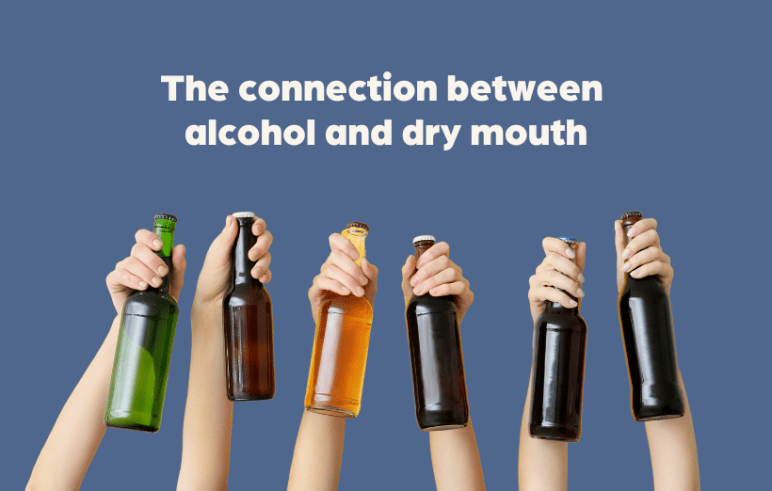FREE SHIPPING When you spend over $50
15% OFF STOREWIDE SALE Use Discount Code: SSBUNNY25
oral health information
The Evolution of Smiles
20 May 2024

How did this seemingly instinctive facial expression evolve over time? As human societies evolved so too did the ways in which we express and interpret smiles.
Let's embark on a journey through history to explore the fascinating evolution of smiles.
The Dawn of Smiles
The origins of smiling can be traced back to our ancient ancestors. Even before the emergence of Homo sapiens, early hominids likely displayed primitive forms of facial expressions resembling smiles. While we can't know with certainty how they smiled, we can make educated guesses based on studies of modern primates and human evolution. These expressions served as nonverbal cues for communication and social bonding.
In primates, including our closest relatives like chimpanzees and apes, facial expressions served as nonverbal cues for communication and social bonding. These expressions would convey a wide range of emotions, including happiness, submission, fear, and playfulness. Much like humans, primates would use facial expressions, including smiles, to communicate their intentions and feelings to others in their social group.
It's important to note that primitive forms of smiling were likely more instinctual and less culturally influenced compared to modern human smiles. These early smiles may not have been as nuanced or intentional as the smiles we use today.
Ancient Civilizations and Smiling
In ancient civilizations, such as ancient Egypt and Mesopotamia, smiling was often associated with joy, happiness, and divine blessings. Artifacts and murals from these cultures depict deities, rulers, and common people with smiles adorning their faces, reflecting a belief in the positive aspects of life.
The Classical Era and Smiling Statues
During the Classical era in Greece and Rome, the depiction of smiles became more nuanced in art. Sculptors and artists aimed to capture realistic human emotions, portraying smiles not only as expressions of happiness but also as indicators of inner thoughts and intentions. For instance, the famous statue of Hermes at Olympia exhibits a subtle, enigmatic smile known as the "archaic smile."
Medieval and Renaissance Smiles
The Middle Ages saw a shift in the portrayal of smiles. With the rise of Christianity, art often focused on religious themes, where smiles were less common, and expressions tended to be solemn or pious. However, during the Renaissance, there was a resurgence of interest in humanism and individualism. Artists like Leonardo da Vinci mastered the art of capturing the complexities of human emotions, including the enigmatic smile of the Mona Lisa, which continues to captivate audiences worldwide.
Smiles in Modern Times
As societies progressed and evolved, so did the significance of smiles. In the 19th and 20th centuries, with the advent of photography and mass media, smiling became a common feature in portraiture and popular culture. The rise of advertising and the entertainment industry further popularised the smile as a symbol of happiness, success, and attractiveness.
Smiling in the Digital Age
In today's digital age, smiles transcend physical boundaries. Social media platforms are filled with smiling emojis, selfies, and viral videos that spread joy and laughter across the globe. Despite the challenges and uncertainties of the modern world, the simple act of smiling remains a powerful tool for building bridges and forging bonds between individuals from diverse backgrounds.
Beyond its historical and cultural dimensions, smiling has been the subject of scientific inquiry. Psychologists have long studied the role of smiles in human behaviour and social interaction. Research has shown that smiling not only signals happiness but also has a contagious effect, eliciting positive responses from others and fostering social connections.
As we look to the future, one thing remains certain: smiles will continue to shape our interactions and define our shared human experience. Whether in times of celebration or adversity, the universal language of the smile will always remind us of our common humanity and the enduring power of positivity. As we navigate the complexities of the modern world, let us remember the transformative power of a simple smile to brighten someone's day and spread happiness wherever we go.
Recent articles

oral health information
Alcohol and Dry Mouth
Understanding the connection between alcohol consumption and dry mouth.

